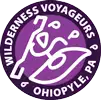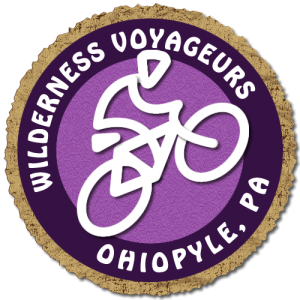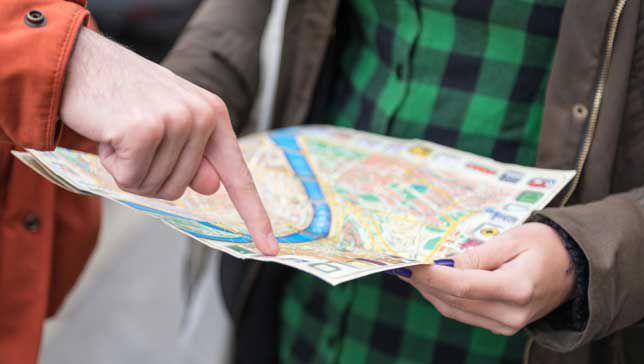
Do a long bike ride – without the SAG wagon!
How to do a long bike ride on your own
If you’re used to doing fully-supported bicycle rides with the help of a SAG (support and gear) vehicle, the idea of doing a long bike ride by yourself might seem daunting. But with a little bit of preparation, you can go out on your own! Here’s how.
Make a plan — and share it!
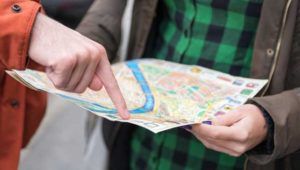
Pro tip: if you’re going on a really long ride, plan a route with water and food resupply so you don’t run out and bonk before your ride is over.
Prep your gear
Make sure you’ve got all the on-road (or trail) bike repair tools you might need. Check out our handy guide for five essential tools to bring on every ride. At minimum, you should have a flat repair kit, a multi-tool with a chain breaker and a small bike light in case you’re out late. Before you ride, double-check that your bike is ready to roll by checking the tires, brakes and shifting.
Consider nutrition

The American College of Sports Medicine recommends 30 to 60 grams of carbohydrate per hour of exercise. That’s because the average person can only process, about one gram of carbohydrate per minute. Your intestines can only work so fast to transport glucose into your bloodstream. So if you drink high-sugar energy drinks and also eat sugary snacks on a ride, you could overload your system and get an upset stomach.
An easy way to fix your carb intake is to drink a low-carb electrolyte drink (we like Nuun and Skratch Labs hydration mixes) while eating light, digestible snacks, like fig bars and bananas. That should bring you back into the range of 30 to 60 grams of carbohydrate per hour, and also ensure your sodium and fluid intake is topped up. Read this article on hydration tips for cycling and bike touring.
How to fuel a long ride of three hours or more:
- What you need: carbohydrate and electrolyte replacement
- Drink: at least two bottles of low-carb electrolyte drinks
- Eat: 30-60 grams of carbs per hour. Try to eat more solid food at the beginning of the ride, because your digestion will be slower as your ride gets longer. Switch to snacks like blocks and chews towards the end (while drinking plenty of fluid to dilute those little sugar bombs).
- Pro Tip: Supplement bars and gels with carb-rich, low-protein, moderate-fat “real” foods. Just eat what tastes good so you keep eating. An easy favorite is a slice of cold pizza — don’t knock it till you try it!
- If you’re keen to make this stuff in your own kitchen, check out our guide for homemade energy foods.
Dress for the occasion
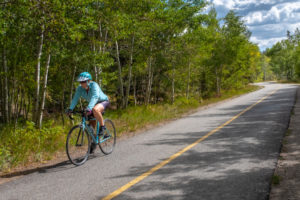
Remember, if you’re signed up for a Wilderness Voyageurs bike tour, you’ll receive a discount on any gear from our store! Refer to your pre-trip email for a discount code.
Carry some identification
Okay, worst case scenario: something happens that renders you unable to call for help. Of course nobody plans on having a bad accident, but it helps to be prepared in case one happens. Make sure you’ve got some way to be identified if you’re unconscious. Wearing something like a Road ID on your wrist enables First Responders to immediately contact family members and friends, it communicates medical conditions or allergies and it can prevent serious delays in treatment by saving crucial time during the “golden hour” of medical treatment, among other things.
Remember, it’s better to have an ID and not need it than need it and not have it. Accidents happen far more than you think they do. Each year approximately 450,000 of us are taken to hospitals unconscious and without identification. Having clear identification can save your life!
Now you’re ready to do a long ride in peace and solitude! And if you still aren’t confident in your ability to ride alone, take along a friend or two — the more the merrier!
Wilderness Voyageurs operates Inn-to-Inn Bicycle Vacations
All Wilderness Voyageurs tours are fully supported with a SAG vehicle and include beautiful routes through stunning landscapes, excellent food and accommodations, top rate equipment, dedicated and enthusiastic guides.
Give our wonderful reservation staff a call to book your next bike tour vacation. (800) 272 – 4141
